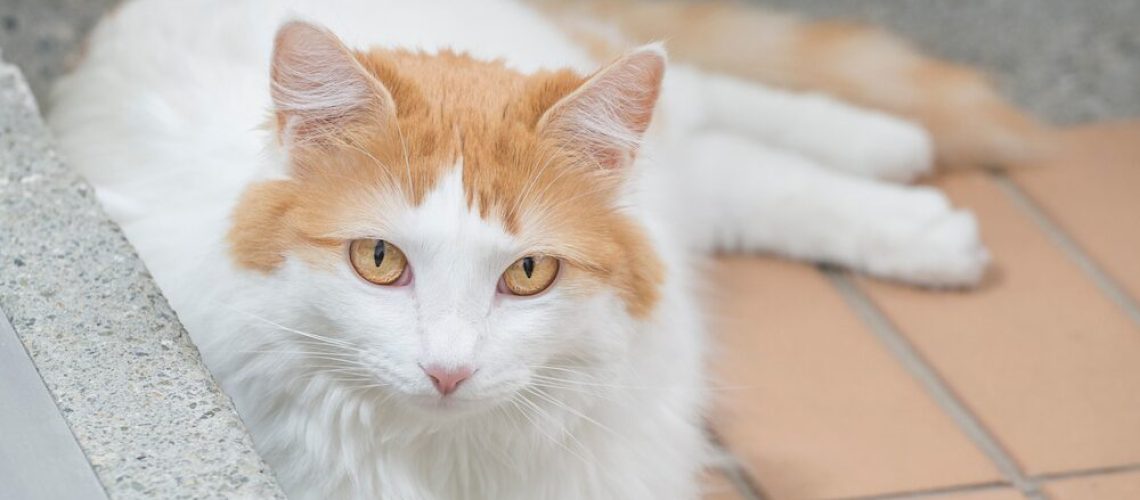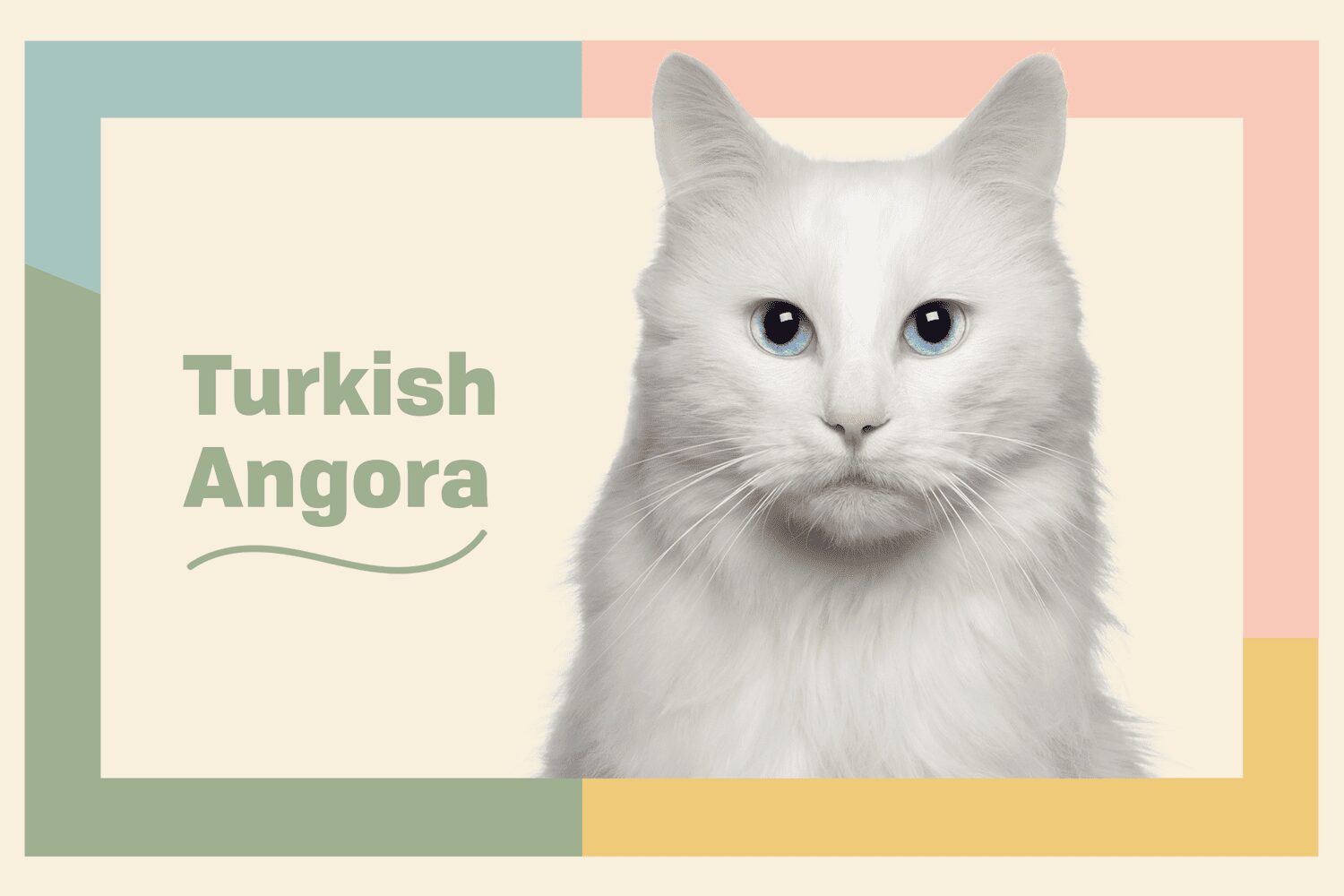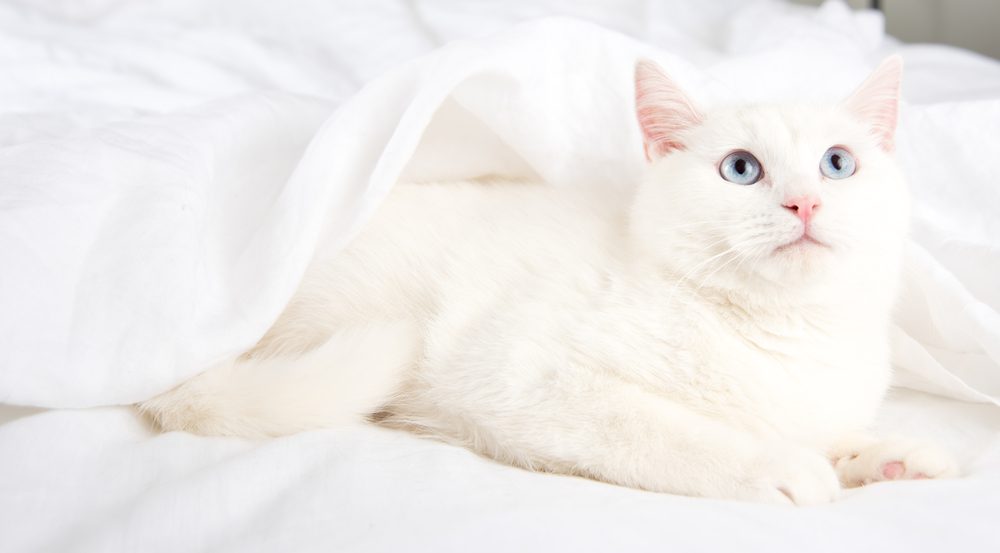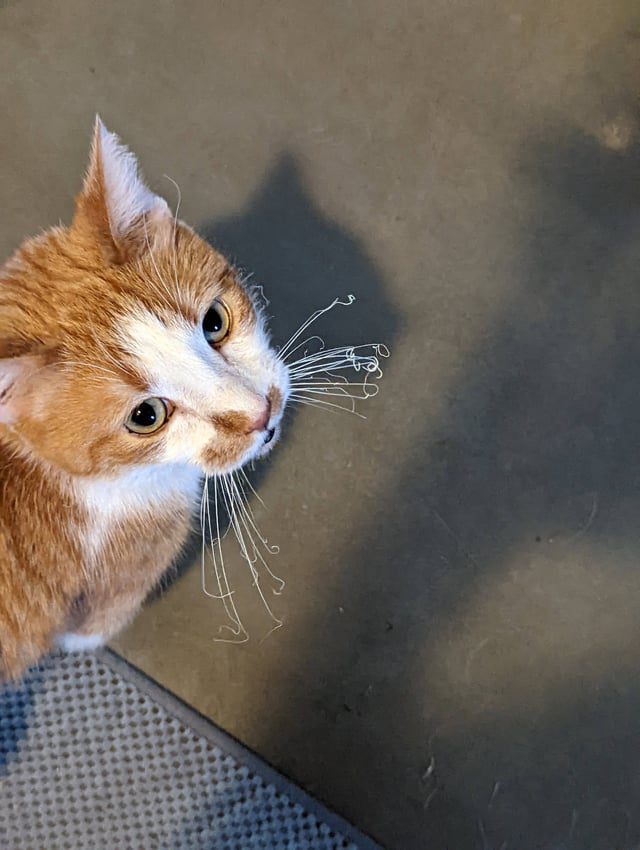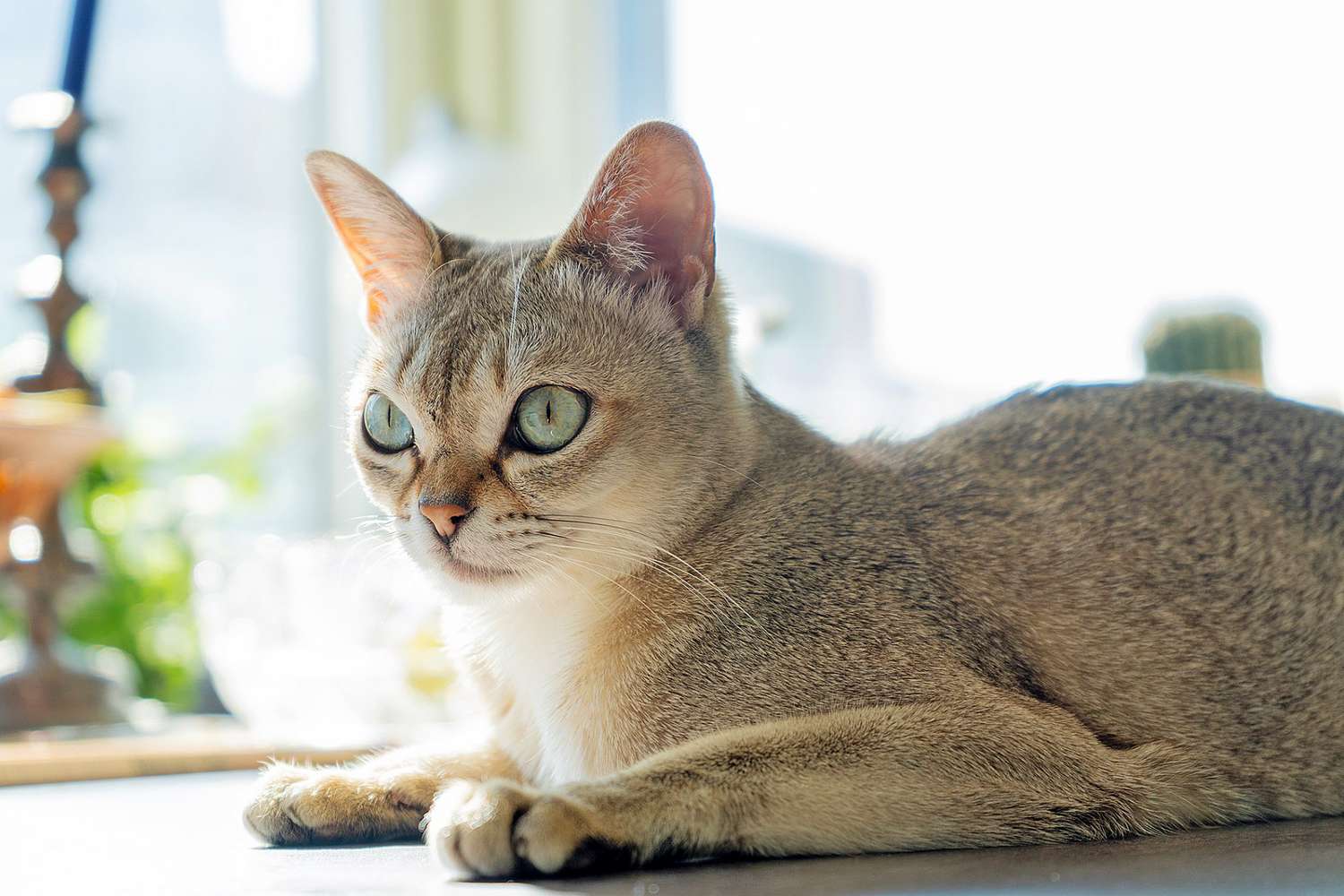Are you ready to embark on an enchanting journey into the world of Turkish Van treasures? If you're a cat lover or simply curious about feline wonders, then this is the perfect topic for you! By exploring the profile and care of Turkish Vans, you will unlock a wealth of knowledge that will not only deepen your appreciation for these majestic creatures but also equip you with essential skills to ensure their well-being. Understanding this extraordinary breed is not only fascinating but also vital if you want to provide them with the best care possible. So, let's dive right in and uncover the captivating world of Turkish Van treasures together!
Key Takeaways:
- Turkish Van cats are known for their unique coat pattern, which is predominantly white with colored markings on the head and tail.
- They are a highly active and playful breed that requires ample exercise and mental stimulation to prevent boredom.
- Turkish Vans have a strong affinity for water and enjoy swimming, making them a perfect choice for families who love water activities.
- Regular grooming is necessary to maintain the Turkish Van's beautiful coat, as they have a semi-longhaired fur that can easily become matted if not cared for properly.
- This breed is generally healthy, but they may be prone to certain genetic conditions such as hip dysplasia or hypertrophic cardiomyopathy. Regular veterinary check-ups are essential to ensure their well-being.
The Turkish Van Cat Breed: What Makes Them Special?
Distinctive Coat Pattern
The Turkish Van cat is known for its unique coat pattern. Most cats have a solid-colored coat, but the Turkish Van has a white body with color patches on its head and tail. This gives them a striking appearance that sets them apart from other breeds.
Love for Water
Unlike most cats, Turkish Vans are fond of water. They enjoy playing in water bowls, splashing around, and even swimming! Their love for water can be traced back to their origins in the region of Lake Van in Turkey, where they had to swim to catch fish.
Affectionate and Playful Nature
Turkish Vans are known for their friendly and affectionate nature. They enjoy being around people and are often described as "dog-like" because they can be trained to walk on a leash and play fetch. These cats also love interactive playtime, so be prepared to engage in lots of fun activities with your furry friend!
Discovering the Origin of the Turkish Van Cat
Ancient Breed
The Turkish Van is an ancient breed that originated in the region of Lake Van in Eastern Turkey. They have been around for centuries and have even been mentioned in ancient Armenian manuscripts dating back to the 17th century.
Legend of the Swimming Cats
According to local legends, when Noah's Ark landed on Mount Ararat after the great flood, two white cats from the ark swam ashore to Lake Van. As a result, all Turkish Vans today are believed to carry the "swimming gene" passed down from those original cats.
Lake Van: The Turkish Van's Homeland
Lake Van is the largest lake in Turkey and is surrounded by stunning mountains. The region's harsh climate, with hot summers and cold winters, shaped the Turkish Van into a resilient breed that can withstand extreme temperatures.
Appearance of a Turkish Van: A Beautiful Description
Medium to Large Size
Turkish Vans are medium to large-sized cats. They have a muscular build and strong bones, giving them a sturdy appearance. Adult males typically weigh between 10-20 pounds, while females weigh slightly less.
Distinctive Color Pattern
The most striking feature of the Turkish Van is its color pattern. They have a pure white body with color patches on their head and tail. These patches can be red, cream, black, or blue. The coloration on their head often resembles a "Van" pattern, with two different-colored ears.
Eyes That Mesmerize
The eyes of Turkish Vans are one of their most captivating features. They are large and oval-shaped, usually in shades of amber or blue. Their eyes have an intense gaze that can melt anyone's heart!
Understanding the Personality Traits of Turkish Van Cats
Social Butterflies
Turkish Vans are extremely social cats. They love being around people and thrive in households where they receive lots of attention and affection. These cats enjoy being part of family activities and will often follow their humans around the house.
Playful and Energetic
Turkish Vans have an abundance of energy and love to play! They enjoy interactive toys, climbing trees, and engaging in games that challenge their agility. Providing them with plenty of playtime and mental stimulation is essential to keep them happy and entertained.
Curiosity Knows No Bounds
Turkish Vans are known for their curious nature. They love exploring their surroundings, investigating every nook and cranny. Be prepared for a cat that will jump on countertops, open cabinets, and even try to help you with your daily tasks!
Taking Care of a Turkish Van Cat's Grooming Needs: Tips and Tricks
Thick Water-Repellent Coat
The Turkish Van has a thick, semi-longhaired coat that is water-repellent. This means they require regular grooming to prevent matting and keep their coat in good condition. Weekly brushing is recommended to remove loose hair and prevent tangles.
Bathing the Water-Loving Cat
As mentioned earlier, Turkish Vans have a unique love for water. Some owners even bathe their Turkish Vans regularly! If you decide to bathe your cat, make sure to use a cat-friendly shampoo and introduce them to bathing gradually to ensure they feel comfortable.
Nail Trimming Made Easy
Regular nail trimming is important for all cats, including Turkish Vans. Their active lifestyle may naturally wear down their nails, but it's still necessary to trim them occasionally. Use cat-specific nail clippers or seek professional help if you're unsure how to do it yourself.
Common Health Issues in Turkish Van Cats: What to Watch Out For
Kidney Disease
Turkish Vans are prone to developing kidney disease, which can be genetic or caused by factors such as diet or infections. It's important to monitor their water intake, provide a balanced diet, and schedule regular veterinary check-ups to catch any signs of kidney problems early.
Heart Disease
Another health issue that Turkish Vans may face is heart disease. Hypertrophic cardiomyopathy (HCM) is a common heart condition in cats, including this breed. Regular cardiac screenings by a veterinarian are crucial to detect any abnormalities and manage the condition effectively.
Preventing Obesity
Turkish Vans have a hearty appetite and can be prone to obesity if not monitored closely. It's essential to provide them with a balanced diet and engage them in regular exercise to maintain a healthy weight. Avoid overfeeding or giving too many treats, as it can lead to weight-related health issues.

Important Considerations Before Getting a Turkish Van Cat as a Pet
Space Requirements
Turkish Vans are active cats that require plenty of space to roam and play. If you live in an apartment, make sure you provide vertical spaces like cat trees or shelves for them to climb and explore. Having access to outdoor areas where they can safely enjoy nature is also beneficial.
Time and Attention
Turkish Vans thrive on human companionship and need lots of attention. They are not recommended for people who are away from home for long periods or have busy lifestyles that prevent them from spending quality time with their pets. These cats will appreciate having someone around most of the time.
Lifestyle Compatibility
Before bringing a Turkish Van into your life, consider your lifestyle and whether it aligns with the needs of this breed. If you're looking for an active, social, and playful companion who enjoys water-related activities, then a Turkish Van may be the perfect match for you!
In conclusion, the Turkish Van is a unique and beautiful cat breed known for its love of water and playful nature. With proper care and attention, this breed can make a wonderful addition to any family.
What is the personality of a Turkish Van cat?
The Turkish Van cat is known for its affectionate and loyal personality. They enjoy attention and cuddling, but it's best to let them approach you. If you leave space nearby when you sit down, they will likely jump up and seek your attention.
What does the Turkish Van cat symbolize?
According to Turkish folklore, it is believed that a Van cat was present on Noah's Ark. As the floodwaters subsided, Allah (God) blessed the cat with a reddish patch of fur on its head. The cat then made its way from the ark to the city of Van through Mount Ararat. While many Van cats are white, some may have other color variations.
How much does a Turkish Van cat cost?
The price range for Turkish Van cats is typically between $800 and $1500.
Which is special about Turkish Van cats?
Although most cats are afraid of water and run away from it, the Turkish Van is a breed that is known for being a strong swimmer. Because of this unique trait, the Turkish Van is sometimes called "The Swimming Cat." Another distinctive characteristic of this breed is its soft coat, which enables it to participate in water activities.
Can Turkish Van cats be left alone?
Turkish Vans are known for being sociable and intelligent, and they are not the type of cat that can be left alone for long periods of time. If you do have to leave them alone, it is important to take measures to prevent separation anxiety. Providing interactive toys that they enjoy can help keep them stimulated and entertained.
Are Turkish Van cats lap cats?
Although Turkish Vans may actively seek attention from people, they are not lazy cats who enjoy cuddling. They cannot be forced to spend time with you. Turkish Vans are not typically lap cats and often dislike being held or carried.



